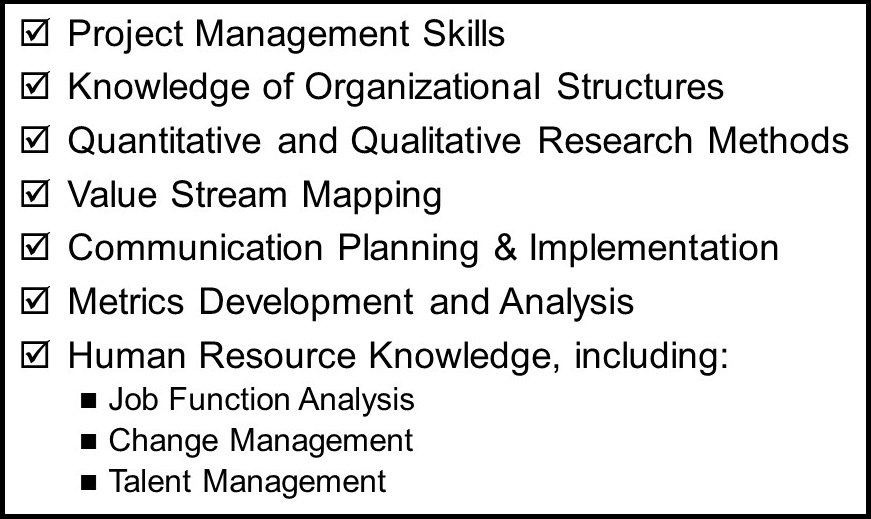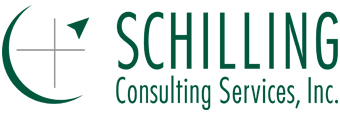Collaboration Revisited
Back in the summer of 2015, I suggested that people should start building their “Collaboration Skill Set.” The inspiration for this came from data I was seeing on the rise of collaboration, in particular formal collaborations such as mergers and acquisitions. They had been increasing steadily since 2009 with a noticeably sharper upturn in 2014, the year before I wrote my column. Mergers and Collaborations have always interested the “Strategic Planner” in me as they are often the means to one or more strategic ends.
Different Time, Same Recommendation Its now 8 years later, and Covid19 definitely had an impact on Mergers and Acquisitions, like most other things. But like some of those other things, the impact seems to have been mixed. After a dip in 2020, followed by a record high year in 2021, things look to have eased off again in 2022 and perhaps 2023 as well according to the most recent data. Still, I think it may be time once again to sharpen your collaboration skills, even if formal Mergers and Acquisitions are slowing down. That’s because I believe we are on verge of a period of unprecedented collaboration in general, and in this case, Covid19 was definitely a significant factor. As I wrote in 2015, “Mergers may garner the headlines, but I think they are just one form of collaboration. For every full, formal merger, how many work group consolidations, shared-service arrangements, or joint ventures do you think occur?”
Crisis > Collaboration > Innovation Covid19 was a significant Crisis in just about every way and presented major challenges to customer interaction, supply chain management, cash-flow, capital investment, and workforce recruitment and retention, just to name a few things. The urgency and human impact of the pandemic forced organizations to work together on a new scale and to a much greater degree. In efforts to respond, they needed to collaborate and often develop new and innovative ways to deliver essential services and meet even basic needs. This was nowhere more evident than in the health and human services sector.
Realizing the many upsides of these collaborative efforts, I think the organizations involved will be looking to continue them in some way, having seen like never before how collaboration can be a tremendous catalyst for innovation. Indeed, I have been struck by how many stakeholders I’ve interviewed recently as part of Strategic Planning engagements expressing a desire to keep the impactful collaboration started during Covid19 going. But that’s only one of two major drivers of collaboration I see emerging.
Right Tool Set for The Job Not long before Covid19, many health and human services were beginning to understand the critical importance of Social Determinants. Poverty fighting organizations like Community Action Agencies were learning about and trying to address Social Determinants of Poverty (SDoP) earlier in the past decade. Not far behind them were health care organizations, realizing that Social Determinants of Health (SDoH) were at the heart of the “Complex Patient” – the 5% of the US Population that utilizes 50% of all health care resources (1). Other types of human services organizations are realizing the same thing, and all these organizations are finding a lot of overlap among their social determinant lists. But ask any of them how they plan to address social determinants and you will find that they are still looking for solutions. I think the magnitude and complexity of addressing social determinants is another perfect storm for increased collaboration. It will require the innovation that comes from collaboration among different organizations with different resources, perspectives, context, and ways of thinking to begin solving the challenge of social determinants. So, this path might be Complex Problem > Collaboration > Innovation.
Growing the List Back in 2015, I listed four great reasons for why organizations might consider collaboration at some level. In 2023, I think we need to add a fifth and sixth to that list:
- Greater economy of scale
- Improved competitive ability and/or position
- Increased access to needed resources and/or capacity
- Expansion into new markets (geographic or product/service mix)
- Responding to a Crisis
- Solving Newly Realized Complex Problems
 If I’ve convinced you that the time is ripe for more collaboration, what about that skill set I mentioned back in 2015? I’ve listed some of the key ones here (see sidebar). In some cases, you may find it helpful to engage an outside facilitator who can bring objectivity and additional expertise. I also have a short simple guide to thinking about the different levels of collaboration, from the most informal, small scale of efforts to major, formal ones such as mergers and acquisitions. It also describes the critical success factors to all levels of collaboration. If interested, just e-mail me and I’ll send it along.
If I’ve convinced you that the time is ripe for more collaboration, what about that skill set I mentioned back in 2015? I’ve listed some of the key ones here (see sidebar). In some cases, you may find it helpful to engage an outside facilitator who can bring objectivity and additional expertise. I also have a short simple guide to thinking about the different levels of collaboration, from the most informal, small scale of efforts to major, formal ones such as mergers and acquisitions. It also describes the critical success factors to all levels of collaboration. If interested, just e-mail me and I’ll send it along.
In closing, I think the last words I wrote in that 2015 column still fit:
“Signs point to more and more collaboration in most industries. Bigger isn’t always better, but working together toward common goals usually has the potential for better results. Are you ready to thrive in an era of collaboration? If you would like help with a specific collaboration effort or with building your collaboration skill set, contact me.”
Jeff
(1) Mitchell, E.M. Concentration of Healthcare Expenditures and Selected Characteristics of High Spenders, U.S. Civilian Noninstitutionalized Population, 2017. Statistical Brief #528. February 2020. Agency for Healthcare Research and Quality, Rockville, MD. https://meps.ahrq.gov/data_files/publications/st528/stat528.shtml

Leave a Reply
Want to join the discussion?Feel free to contribute!